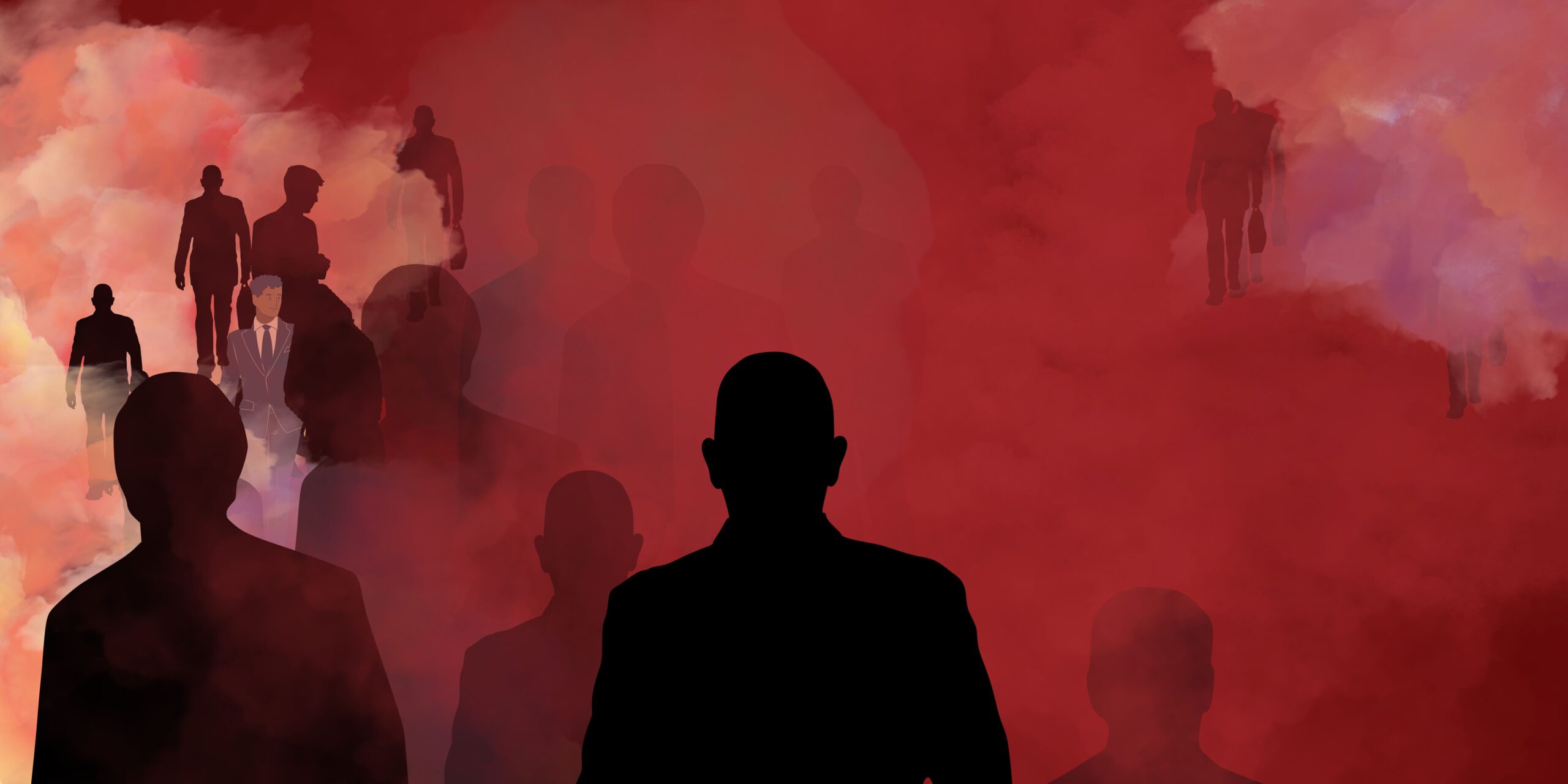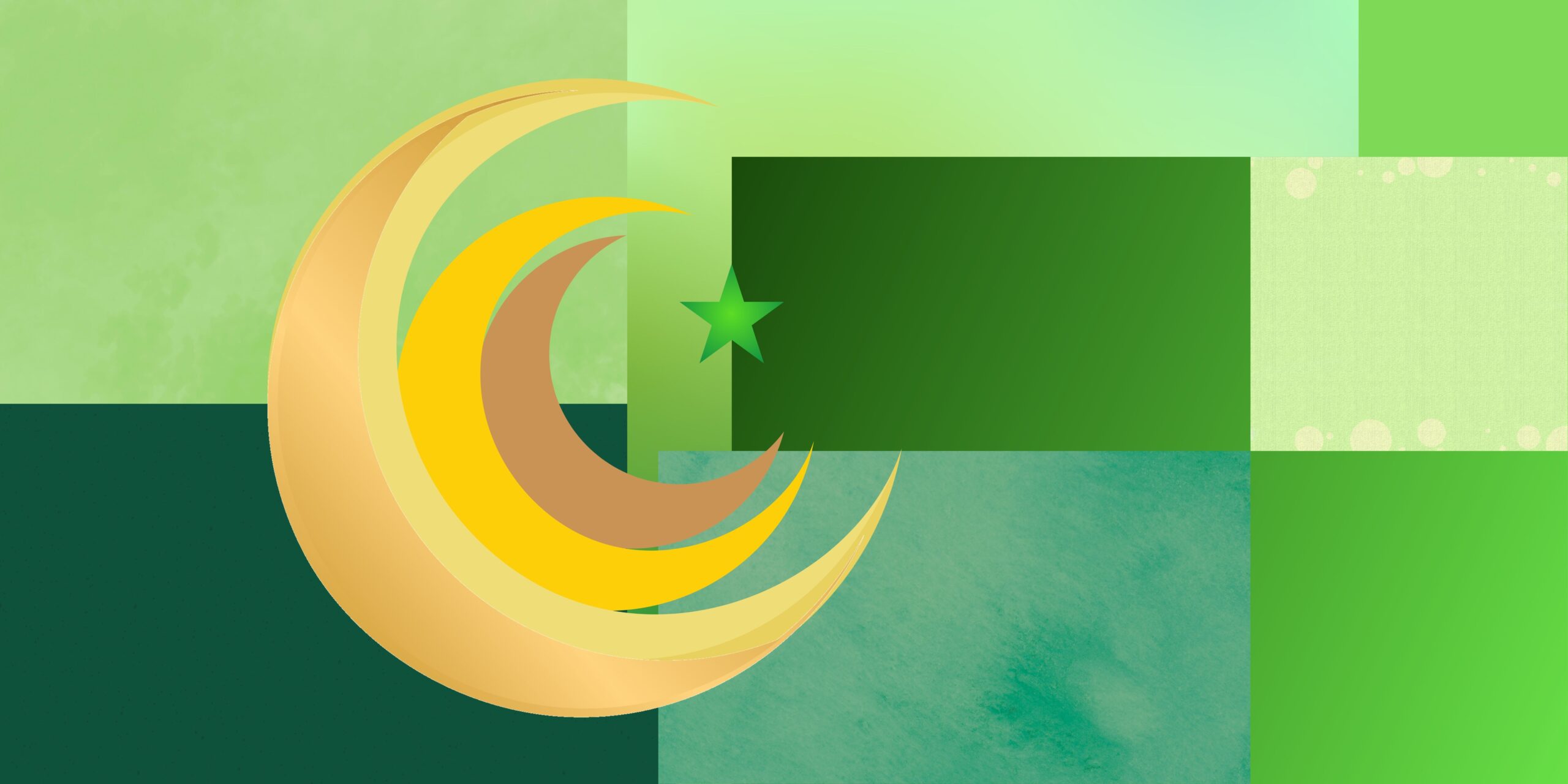“If money is the bond binding me to human life, binding society to me, connecting me with nature and man, is not money the bond of all bonds? Can it not dissolve and bind all ties? Is it not, therefore, also the universal agent of separation?” Karl Marx Pakistan has entered its 5th unofficial year of economic turmoil. While the steep decline seems […]


